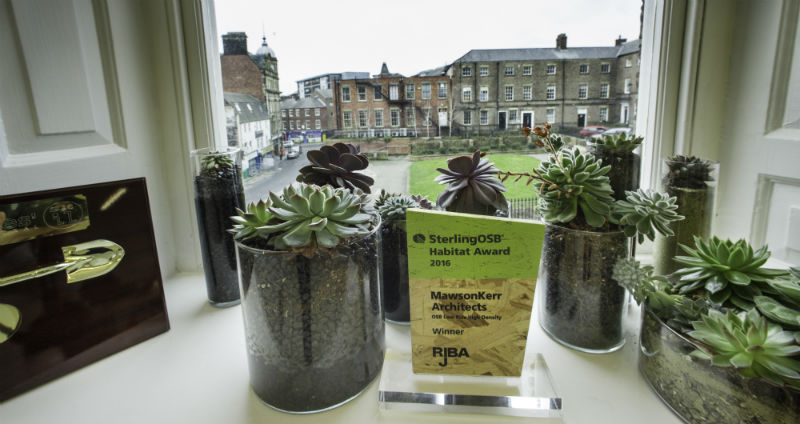MawsonKerr - Practice Role Model
Being a creative entrepreneur
Setting up your own practice requires a particular mindset because your names are on the door. We had always wanted to do it and despite some terrifying moments along the way, had an underlying self-belief that it would work out. A big part of the appeal was having the freedom to pursue the areas that most interest us, in particular sustainability. It made us masters of our own destiny.
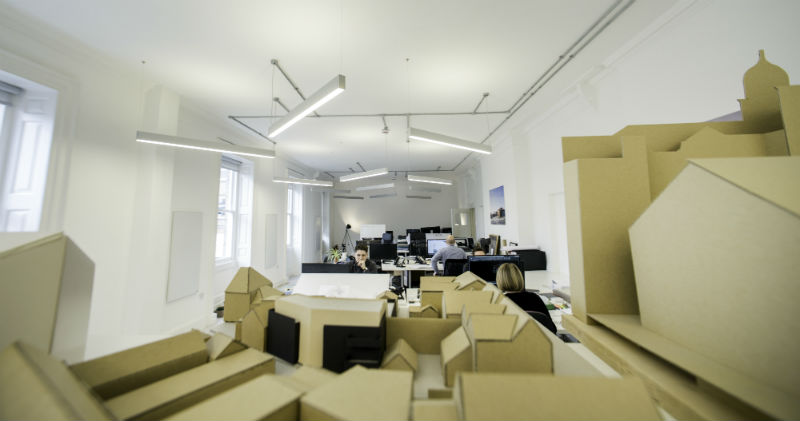
We set up in the depths of a shocking recession, having taken voluntary redundancy. Counter-intuitively it was the optimum moment to start because we could be light on our feet, flexible and carried very few overheads. We both worked out of our bedrooms, met at Costa Coffee each day to plan and went to the library when we needed to print things.
For us, being entrepreneurial is simply about being able to see how you can help a situation or solve a problem. It comes from being creative, not just as a designer but in your whole approach to doing business.
For example, the charity behind the Sunbeam Music Centre didn’t have the money for the project, so we helped them source grants, fundraise and get it to tender. We could have walked away but instead we ended up designing an award-winning building that is a flagship for the practice.
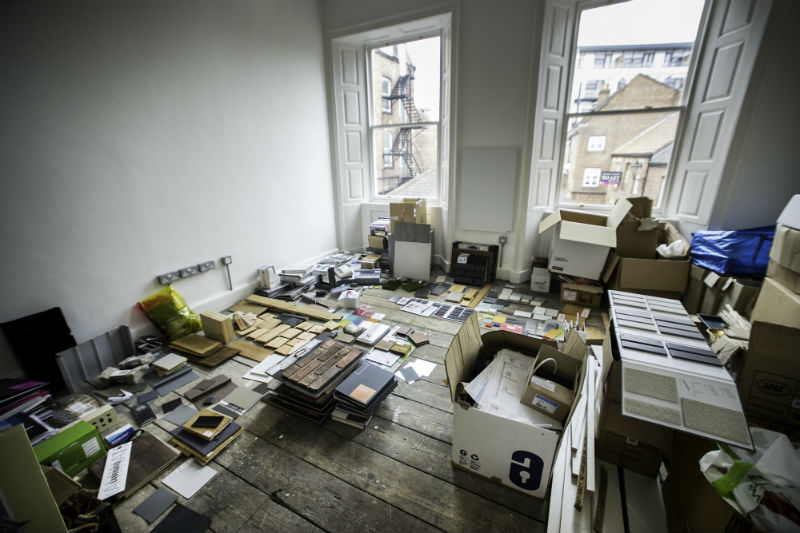
Sharing knowledge and creating opportunities through helping others
You’ve got to remember where you came from and all the people who helped you along the way. A number of practices were really good to us when we were finding our feet.
For example, xsite invited us in, were very open about how they did things and signposted jobs our way. Now there are other practices setting up and looking at us as one of the more established outfits, which is a pretty unusual feeling! But it provides us with an opportunity to pay that generosity forward.
We have helped to establish a cross-practice get-together where we all share what we’re doing. It’s been incredibly popular and grown to include about eight practices. Rather than being protective and territorial, we take the view that if you’re open to other people then they’re open to you. Those kinds of relationships generate payback for everyone involved. Generally, people are pretty genuine and share an ambition to advance architecture in the North East and beyond.
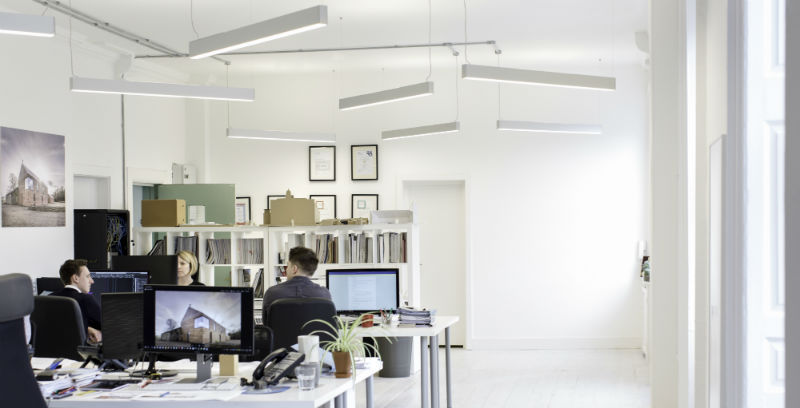
We believe in the power of what we call ‘soft architecture’. That includes things like tutoring, supporting networks, contributing to ���������� workshops, lecturing, school workshops and working with charities. There’s no pay initially but it plants the seeds for opportunities that may emerge later down the line. You are able to establish relationships, as well as provide developmental opportunities for people on the team. It also helped us to connect with Northumbria and Newcastle Universities, which in turn linked us up with great talent coming out of their architecture programmes.
Making sustainability and great architecture accessible
Sustainability is absolutely core to the practice. We hate waste. It means we take a fabric-first approach, where we focus on a great design so that you don’t need to put on loads of ‘eco-bling’ – using additional renewables on a wasteful building. Instead we focus on being a test bed where we can pioneer energy-efficient construction processes and materials. We want strategic decisions with an environmental bias to get higher up the food chain, not tacked on as an afterthought.
When you show that you can do good design, which also saves money and can solve a problem, then you get a client to buy into it.
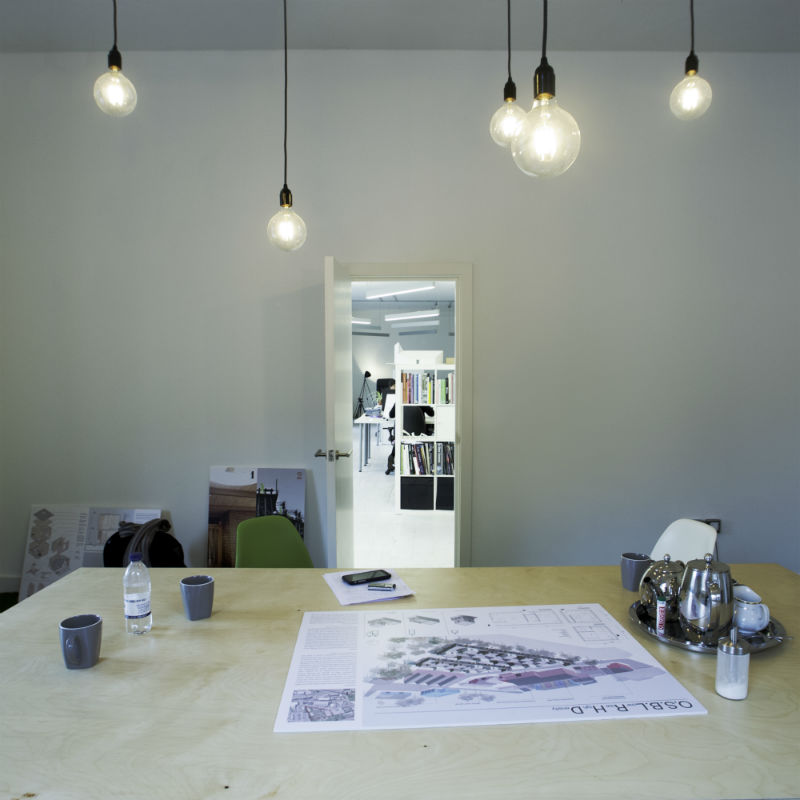
Sustainability isn’t just about the outcome of a building, it’s having a process that means people are properly invested in its ongoing use. A building might be the most sustainable, energy-efficient building in the country but if people don’t buy into it and don’t use it, it has failed.
Self-build is a natural fit for sustainability because there is such a high degree of buy-in. An example is Shawm House, where the client was building a home for his parents. What makes us most proud about that building is the process we all went through together. It was incredibly collaborative. We were working with someone who was a total amateur and resulted in one of the best-quality builds we’ve seen.
We don’t want great architecture to be the preserve of the few and self-build clients mean that it is much more accessible.
We also bring a sustainable approach to refurb projects, including our own practice space. It was an empty unused floor of a listed building that was going to rack and ruin. The council weren’t able to rent it out so we proposed doing it up in return for low rent for the next 10 years. It is a sustainable and entrepreneurial business model that showcases how Newcastle could make better use of its listed buildings.
Being a Practice Role Model means learning collaboratively and always evolving
We don’t see ourselves as an established practice, more an emergent one. We need to keep evolving and know that we’re not the finished article; we never will be. We have a desire to keep learning and would welcome the profession becoming more open, collaborative and willing to share insights.
is one of nine Practice Role Models which represent our vision of what it means to be a successful ���������� Chartered Practice. Find out more about the Practice Role Model project and the other eight practices.
